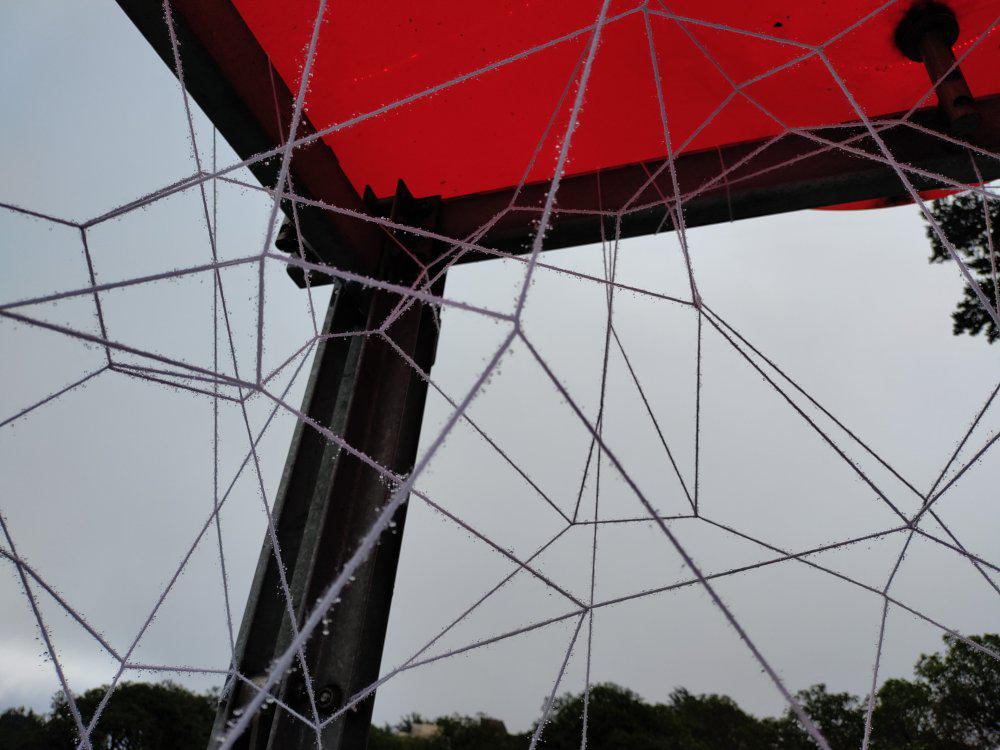Stalker
A little over ten years ago I watched Tarkovsky's Solaris, I rated it "three mysteriously reappeared wives out of five", but after all this time my memory of it is more two of five.
Anyway, I saw HBO recommending Stalker to me. Made seven years after Solaris, this film was Tarkovsky's last Soviet film, and it probably was the death of him. A couple of the actors and Tarkovsky all died of cancer and some people suspect chemical exposure from the filming locations used in Stalker. I started this film without realizing it was the same director as Solaris, which is good because I probably wouldn't have watched it at all if I had remembered.
The slow pace, and lingering shots are more of a match for Stalker than that other film. One can see thematic similarities, but this is much more about a journey and the psychological toll the trip takes on people than mysterious thing at the end of that journey. The alien intelligence in Solaris grants wishes, of a sort, apparently as a method of attempting communcation with humans. Here there's an unseen thing, possibly alien, in a "Room" at the heart of "The Zone" filling a similar grant wishes role.
Entering the Room at the heart of The Zone gets those wishes, which is why people try to get there. Armed guards protect the borders, and unseen threats apparently lurk within. This movie focuses on a guide (the "Stalker") who knows how to find a safe path to the Room and his two customers, Professor and Writer, who have reasons to visit the Room. Getting to the threshold is 95% of this 160 minute film.
If you're a fan of urbex photography, or Chernobyl Exclusion Zone nature taking over mankind's work, then the slow shots of beautiful decay and nature's reclaimation of industrial sites in Stalker are quite pretty and help alleviate the plodding plot. I watched it in two viewing sessions. There's a on-screen title indicating that an intermission was probably part of the original plan.
You can read a lot of allegory in this story, but ultimately it's hard to say what it really means. Nevertheless I think it is a lot better than reappearing wives above a roiling planet wide ocean. Call this four improvised trap detecting projectiles out of five.
Stalker at imdb
Stalker at wikipedia
Wikipedia has a link to it on youtube, but it is "unavailable" when I check there. I don't know if that's a region block thing or something else. I am not really well versed in youtube errors and restrictions. Also wikipedia: "an average shot length of more than one minute" while typical Hollywood films average a tenth of that.
 qz thoughts
qz thoughts


